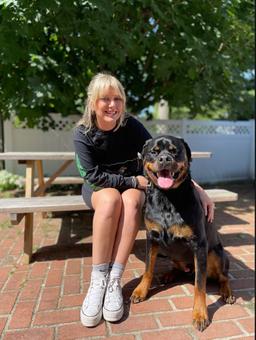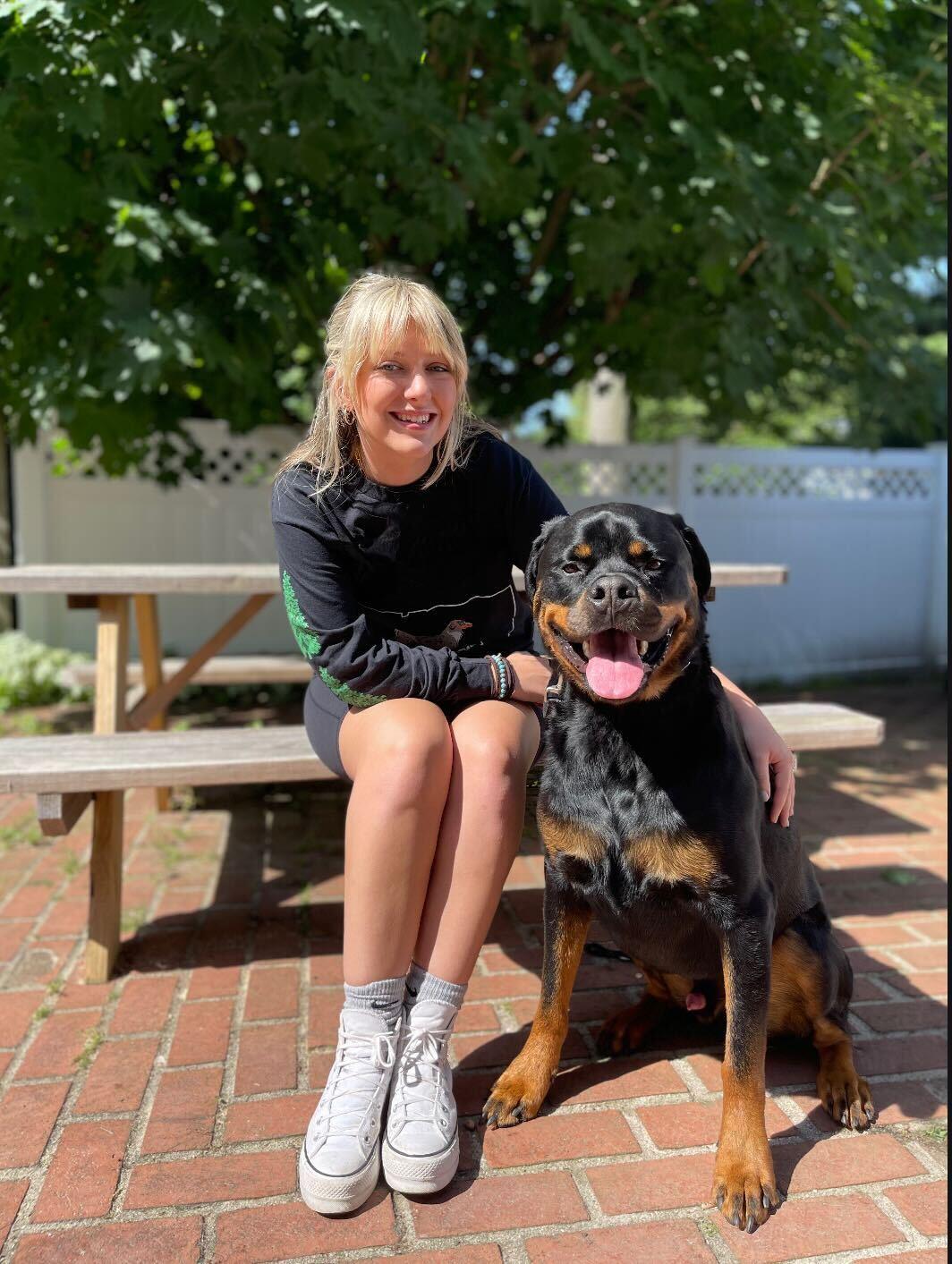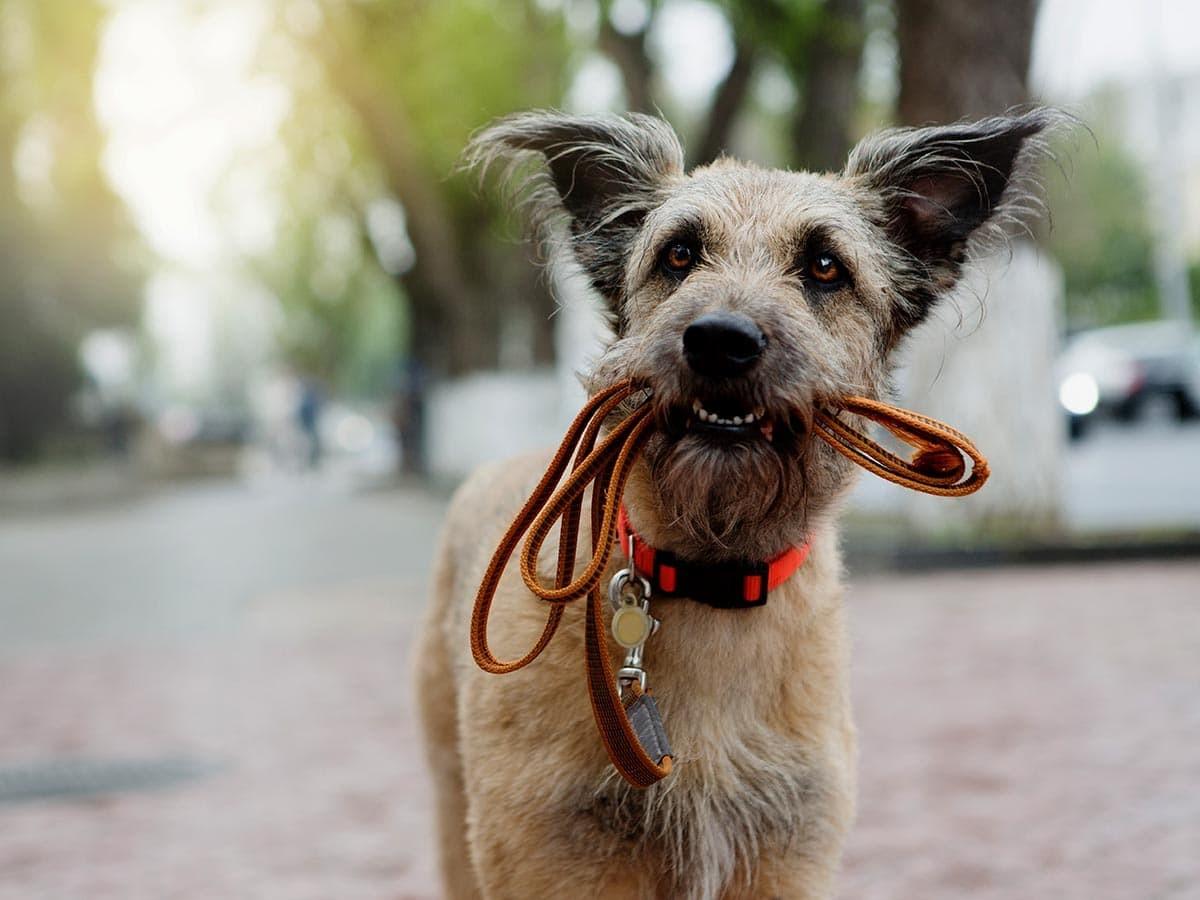How To Leash Train Your Pup
Leash training is an essential aspect of puppy training that can help strengthen the bond between you and your furry companion. It can also keep your puppy safe and make it easier for you to take them on walks, runs, or hikes. However, leash training can be a daunting task for both you and your puppy. Below are some tips and tricks to help make leash training a positive and enjoyable experience for both you and your puppy.
Start Early
Puppies are typically most receptive to training between the ages of 8 and 16 weeks. Therefore, it is crucial to start leash training your puppy as early as possible. This will help them get used to the sensation of wearing a collar or harness and walking on a leash. It will also help establish good habits from the beginning, which can make future training easier.
Choose the Right Equipment
Choosing the right equipment for your puppy is essential for successful leash training. A flat collar or a harness is recommended for most puppies. However, some puppies may do better with a head halter or a front-clip harness, especially if they tend to pull on the leash. Whatever equipment you choose, make sure it fits your puppy properly and is comfortable for them to wear.
Introduce the Equipment Gradually
Once you have chosen the right equipment for your puppy, it's time to introduce it to them gradually. Start by letting them sniff and investigate the collar or harness without attaching the leash. Once they are comfortable with it, attach the leash and let them drag it around the house or yard while supervised. This can help them get used to the sensation of being on a leash and can also help prevent them from feeling overwhelmed or scared.
Start Small
When you are ready to start leash training, begin with short walks in a quiet, familiar environment. This could be your backyard or a nearby park. Keep the walks short and positive, and let your puppy explore their surroundings while on the leash. Reward them with treats or praise for good behavior, such as walking calmly beside you or sitting when asked.
Be Patient and Consistent
Leash training takes time and patience. It's important to remain calm and positive throughout the process and avoid punishing or scolding your puppy for misbehavior. Instead, redirect their attention with treats or toys and reward good behavior. Consistency is also key. Try to walk your puppy at the same time and place each day and use the same commands and cues to reinforce good behavior.
Leash training is an essential part of puppy training that can help strengthen the bond between you and your furry companion. By starting early, choosing the right equipment, introducing it gradually, starting small, and being patient and consistent, you can help make leash training a positive and enjoyable experience for both you and your puppy. Remember to keep the training sessions short, positive, and fun, and your puppy can soon be walking on the leash like a pro.

I’m Charlie: canine enthusiast with a knack for figuring out why my dog, Dallas, is more infatuated with tennis balls than me. My lifelong passion for dogs has created a dedication to help other pet parents better understands their furry family members!












